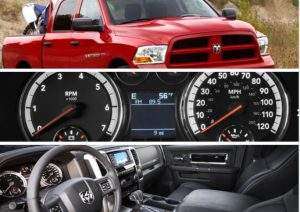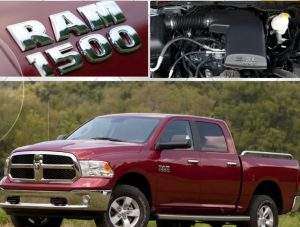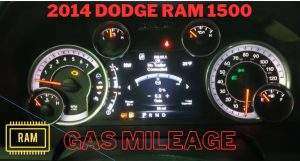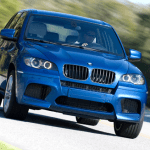The Ford F250 is a powerful pickup truck designed for heavy-duty use. Whether you’re hauling cargo, towing a trailer, or just cruising around town, this truck is built to deliver reliable performance. To keep your F250 running smoothly, it’s important to know how much gas it can hold and how to maintain its fuel system.
In this article, we’ll explore the gas tank capacity of the Ford F250 and provide some tips on how to maximize fuel efficiency.
Table of Contents
Overview of Ford F250
The fuel tank size of a Ford F250 varies depending on the model and year of the vehicle. Generally, the fuel tank size ranges from 29 to 48 gallons. Below is a table that shows the fuel tank size of different models of Ford F250:
| Model | Engine | Fuel Tank Size (gallons) |
|---|---|---|
| F-250 XL | 6.2L V8 | 29 |
| F-250 XLT | 6.2L V8 | 34/48 |
| F-250 Lariat | 6.2L V8 | 34/48 |
| F-250 King Ranch | 6.7L Diesel | 34/48 |
| F-250 Platinum | 6.7L Diesel | 34/48 |
| F-250 Limited | 6.7L Diesel | 34/48 |
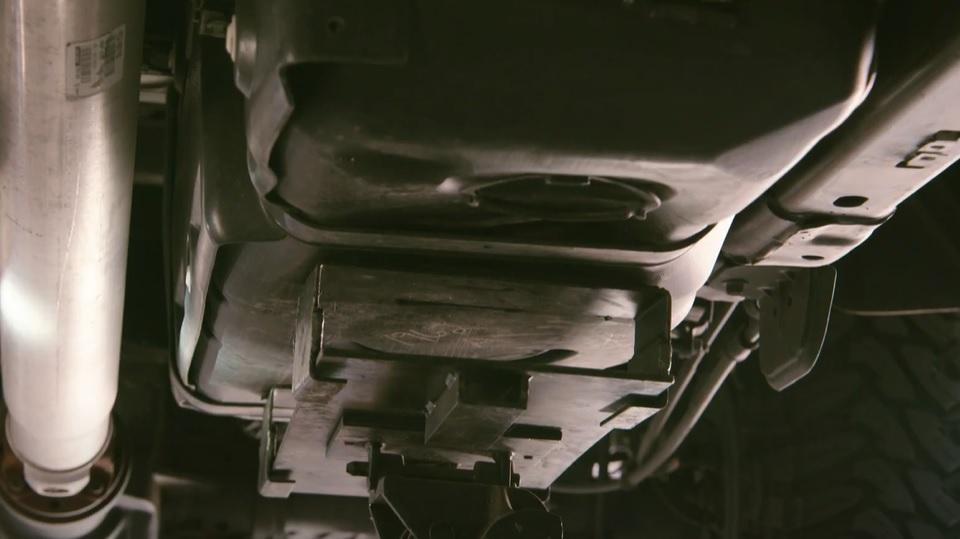
As you can see from the table, the F-250 XL has the smallest fuel tank size of 29 gallons, while the F-250 XLT, Lariat, King Ranch, Platinum and Limited models have a larger fuel tank size of 34 or 48 gallons.
Fuel Economy of Ford F250
The fuel economy of a Ford F250 varies depending on several factors, including the model, year, engine type, and driving conditions. Generally, the F250 has an average fuel economy of 15 to 20 miles per gallon.
Factors that Affect Fuel Economy
Several factors affect the fuel economy of a Ford F250, including:
- Driving conditions: city or highway driving, traffic, and terrain
- Driving habits: speeding, acceleration, and braking
- Load capacity: carrying heavy loads can decrease fuel economy
- Vehicle maintenance: regular maintenance can improve fuel efficiency
- Type of fuel: using higher quality fuel can increase fuel efficiency
Tips to Increase Fuel Efficiency
Achieving better fuel efficiency in your Ford F250 can be a worthwhile endeavor, both in terms of saving money and reducing your carbon footprint.
Fortunately, there are a variety of measures you can take to improve the gas mileage of your truck. Here are some expert tips to help you optimize your F250’s fuel economy:
- Drive at a consistent speed
- Avoid idling
- Accelerate slowly
- Use cruise control
- Keep your tires properly inflated
- Regularly maintain your vehicle
Understanding Gas Mileage and Fuel Economy
- Gas mileage refers to the distance your F250 can travel on a single gallon of fuel, while fuel economy refers to the efficiency of your truck in converting fuel into energy.
- Factors that can affect gas mileage and fuel economy include vehicle type, driving habits, road conditions, and weather.
- Larger vehicles typically have lower gas mileage due to their higher weight and engine size.
- Aggressive driving and excessive idling can decrease fuel economy, while driving at a steady speed and maintaining proper tire pressure can improve it.
- Regular maintenance, proper tire inflation, using the recommended grade of fuel, and driving in a fuel-efficient manner can all help to improve gas mileage and fuel economy.
Benefits of a Large Fuel Tank
- Increased Towing Capacity: The Ford F250 is a heavy-duty pickup truck that is often used for towing heavy loads. A larger fuel tank can provide more fuel efficiency, allowing for increased towing capacity.
- Reduced Refueling Frequency: With a larger fuel tank, Ford F250 drivers can go longer distances without having to stop and refuel, saving time and effort.
- Improved Range: A larger fuel tank can increase the range of the Ford F250, allowing drivers to go on longer trips without needing to refuel.
- Increased Resale Value: Ford F250 pickup trucks with larger fuel tanks have a higher resale value since they are in higher demand and offer more convenience to potential buyers.
- Better Performance: A larger fuel tank can help improve the performance of the Ford F250, providing a more consistent fuel supply and better acceleration.
Downsides of a Large Fuel Tank
While a large fuel tank can be beneficial, there are also some downsides to consider. First, a larger fuel tank can add weight to your vehicle, which can decrease fuel economy. It can also be more expensive to fill up a larger tank, and it can be more difficult to find gas stations that carry enough fuel to fill up a larger tank.
Comparing Fuel Capacity of Ford F250 with Other Pickup Trucks
If you’re considering purchasing a Ford F250, it’s important to compare its fuel capacity with other pickup trucks in its class. The table below shows the fuel tank size of the Ford F250 compared to the Other pickup trucks.
| Truck Model | Standard Fuel Tank Capacity | Optional Fuel Tank Capacity |
| Ford F250 | 29 gallons | 34 gallons |
| Ram 1500 | 23 gallons | 33 gallons |
| Ram 2500 | 32 gallons | 50 gallons |
| GMC Sierra 1500 | 24 gallons | 36 gallons |
| Chevrolet Silverado 1500 | 24 gallons | 36 gallons |
Conclusion:
When it comes to choosing a pickup truck, fuel capacity is an important factor to consider. The Ford F250 has the largest fuel tank, which allows for longer trips without the need for frequent refueling stops. However, the Ram 1500 has the best fuel economy, which can save you money in the long run. Ultimately, the best truck for you will depend on your specific needs and preferences. We hope this article has helped you make an informed decision.
Frequently Asked Questions:
Q: How many gallons of gas does a Ford F250 hold?
Answer: The fuel tank size of a Ford F250 varies depending on the model and year of the vehicle. Generally, the fuel tank size ranges from 29 to 48 gallons.
Q: What is the fuel economy of a Ford F250?
Answer: The fuel economy of a Ford F250 varies depending on several factors, including the model, year, engine type, and driving conditions. Generally, the F250 has an average fuel economy of 15 to 20 miles per gallon.
Q: How can I increase the fuel efficiency of my Ford F250?
Answer: To increase the fuel efficiency of your Ford F250, you can follow these tips:
- Drive at a consistent speed
- Avoid idling
- Accelerate slowly
- Use cruise control
- Keep your tires properly inflated
- Regularly maintain your vehicle

